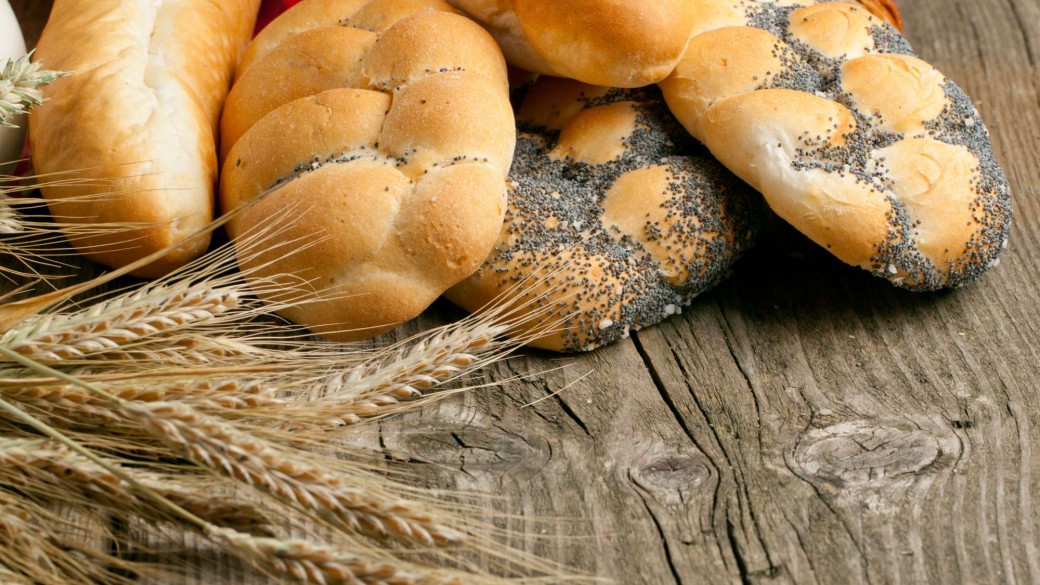Bread is eaten throughout the world. We dip it into other substances, smear it with oils and jams, and toast it to an exacting crispness.
TheNibble.com gives a nine-page glossary of types of breads, from arepa, a thick South American tortilla, to yeast bread, the one we want to talk about today.
Yeast bread is different from all other breads in that it uses a unicellular fungus that offgasses carbon dioxide by oxidizing sugars. To put it simply, the yeast’s waste products are what fluff up the bread we eat.
Hmm. That doesn’t sound very appealing.
What’s important to us about this process is that it takes two yeast cells joining together into one to create the desired offgassing effect. The sugars the burgeoning yeast colony consume will remain just sugars if the yeast cells live out their lives unmated. There will be no residual effect, no massive growth of the colony, and no tasty yeast bread for us to enjoy alongside our spaghetti.
That really doesn’t sound appealing. All we want is for the yeast to complete its life cycle, so that we can enjoy our toasted French bread.
John 6:51 tells us:
“[Jesus said,] I am the living bread that came down from heaven. If anyone eats of this bread, he will live forever.”
Bread. Yeast. Colonies joining together and offgassing in order to create something of excellence that can feed the world’s hunger. Now, that does sound appealing.
As humans, we cannot fulfill our spiritual needs without yeast. Christ is that yeast. He bonds with us when we come to him, and in the bonding, he consumes all that we are, all that we have, and all that we want to be. Other Christians spring forth from our witness, and the result is a massive outpouring of goodwill and love toward all men.
God and us, yeast lifting the plight of humanity into something better than it was before we started. When we join with Christ, we become the bread of life to those who are starving spiritually. We become the toast with the spaghetti, the ham sandwich, and the buttery croissant that makes everyone’s mouth water.
Christ turns us into food for the nations, so that they will become spiritually filled with him. His death on the cross is our yeast, and our love for humanity is the result.
Christ is the living bread, and he feeds the world through our love to those around us.
Copyright © 2015 MyChurchNotes.net
Code: FGO.F.09.15.vp.esv


